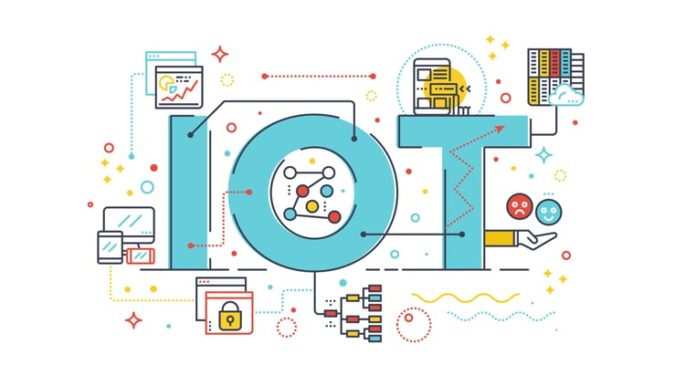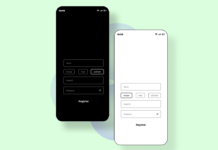An Expanded Tech “Surface Area”
IoT stands for “Internet of Things”. IoT devices include smartphones, laptops, tablets, onboard vehicular computers, “smart” fridges, watches, homes, and anything else using WiFi or Bluetooth technology as a means of an interface. Essentially, portable internet connectivity facilitates potentiality which can affect the totality of electrical devices.
From LEDs to cars, if you can plug it in, you can find some means of IoT interface. Now naturally, this opens you up to a lot of possibilities in terms of data collection. You can get analytics on practically anything; from convoys to manufacturing, employee patterns, structural stability, or whatever you’ve got a need to monitor statistically.
This data can be used to help you determine what requires operational focus, and what doesn’t. You can cumulatively, comprehensively enumerate your business in a digitally visible way which gives you greater control over operational totality. However, this in itself will be a transitional undertaking which could take a while to normalize.
Part of what makes things difficult is security. Because IoT increases digital “surface area”, there’s a more analytical capability, but also more “porous” or “weak” areas where cybercriminal elements obtain entry. Pen-testing is key, working with MSPs helps avoid common pitfalls, and continuous monitoring and support is necessary—but that generates data.
Log Management, Cloud Monitoring, And MDM
At this site, you can find log management made easy, which will be key in helping you most effectively manage varying levels of software and interface across a large technological surface area. Logs tell you where errors transpire, whether they are related to users, or the system itself. Also, they can help you identify where hackers may have intruded.
Something else to consider are cloud management and monitoring tools. Especially as you incorporate BYOD (Bring Your Own Device), such tools are key. BYOD gives you the ability to totally outsource your business. You can employ hundreds of diverse employees from countries around the world, interfacing with them and sending them assignments via the web.
You don’t pay for their web connection, office space, parking, break rooms, messes, equipment, or the necessary troubleshooting they must effect to maintain their own machines. Additionally, you can use MDM (Mobile Device Management) protocols to ensure IoT devices your business hasn’t purchased don’t incidentally compromise your network.
Competitors And Startups
Because IoT is so convenient and is spreading so fast, retaining some presence on decentralized digital media is becoming a competitive necessity in the modern market. If you’re not contemporary with IoT conventions today, a competitor who is may be able to outpace you in your own market.
Even startup companies can be very real competition to big-ticket software companies with streamlined infrastructure that properly applies cloud and IoT tech. For example, you don’t need to have an on-site server array to design software or other necessities. Cloud-based design options are available which can serve your needs.
Surfing Market “Waves” Into Shore
Here’s the key to retaining cutting edge viability, competitiveness, and market effectiveness regarding IoT: you’ve got to watch trends to see how their “waves” come to the “shore” of the market. Sometimes waves lose momentum at sea. Sometimes they don’t lose momentum until they flood the beach—and they almost always come in threes.
While it’s desirable to be in the first successful “wave” of technological innovation, if you don’t do this right, you’re going to lose resources when the ripple peters out at sea. But if you are cautious and enter the business “surf” at the right time, you can learn how to catch waves, what they look like, and what to avoid.
This will build “muscles” of your business so you can even make a profit on little tech waves in the near future. Consider the market now, and what sort of IoT applications best fit present operations. Some may or may not work for you, and there will be challenges—but there are plenty of potential IoT benefits as well. Don’t let the challenges keep you out of the water!








